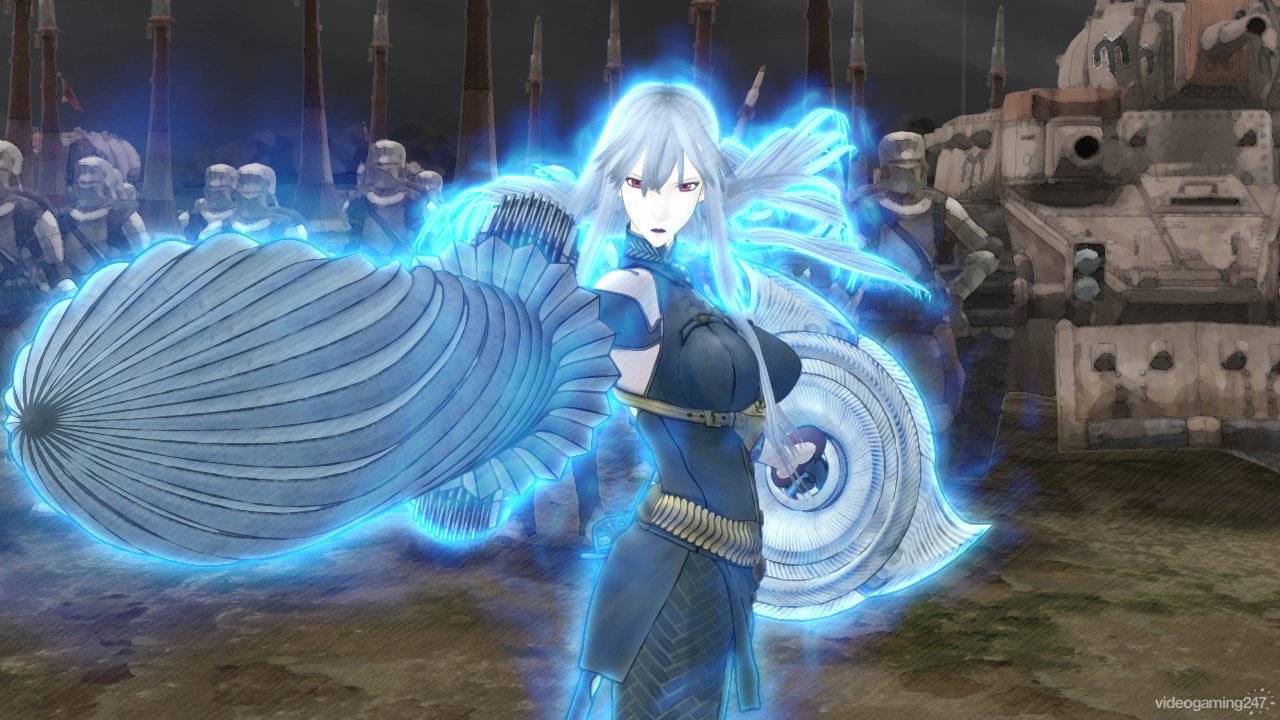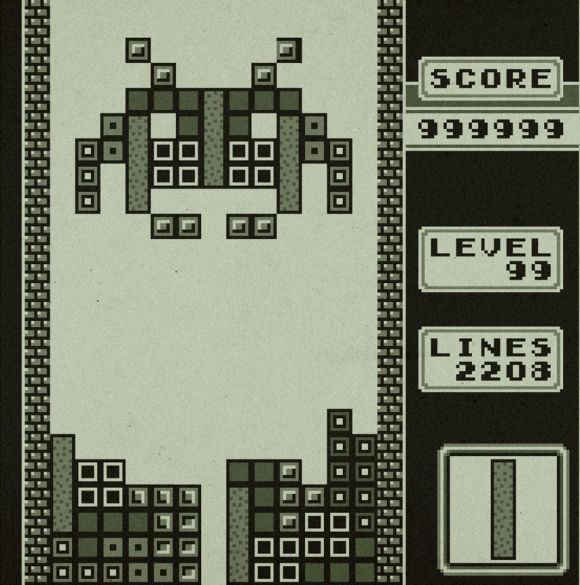Videogames can sometimes, often if you play good ones, be the greatest mix of visuals and sound, putting films to shame. I was strongly reminded of Zone of the Enders (often referred to as ZOE) when watching the big budget, well-received Pacific Rim. I heard a lot of positive comment about the design, the feel and the action. It is but a pale shadow of the soaringly designed aesthetic of Zone of the Enders (and especially the second one).
High Speed Robot Action.
How is that for a subtitle? Zone of Enders was released, famously, with a pack in demo of Metal Gear Solid 2 - the most highly anticipated game of the age and an amazing technical demo doing the rounds at the conferences had made everyone very excited. As a result, I would guess that most buyers of ZOE actually put the demo disc for MGS2[1] into their PS2s first. The nature of the game was of controlling huge, high speed fighting robots. Japan has a tradition of robots called mechs or mecha which has not exported very successfully although there is, of course, a healthy niche interest[2]. The Metal Gear and Kojima connection made the title a relative success on the PlayStation 2 but it was considered a relatively poor game due to its short length, simplicity and irritating main character (was this always a signpost to Raiden[3]?). Although controlling the robot as Leo was quite fun, the cutscenes showed him as a pacifist child that did not want to do it and was always saying things were unfair - as you may expect a whiny kid to do.
The Zone Of Enders sequel – called either “Anubis” or “The 2nd Runner” depending on location became one of the most memorable games I have ever played. The underwhelming[4] first game meant that the sequel almost passed me by and I only picked it up a year or so after release in its Special Edition guise and was thoroughly impressed at the presentation and opening scenes. What surprised me was that I continued to be impressed with the scenes as they progressed – it starts strongly and goes on from there with some of the very best set-pieces in action games.
But the first thing is presentation – the shallowest of points yet something that often defines a game. The introduction for Zone of Enders 2 (link here) is the thing of legend with an exciting and entirely coherent slice of high-speed robot action. All of those words. I think Kojima could have been a pretty good film director. They were not wrong with the description and so the screen filled with the kind of robots that I could not even have imagined; particle and light effects that made sense of all the flashes and bangs and all interspersed with cel-animation on top of a rousing soundtrack (Beyond the Bounds).
And then you realise that it is not video, in the main, it is using the in-game engine and that you will be doing most of that stuff as you play.
The game itself starts fairly slowly as you are in a mining robot (similar to the Aliens robot suit) after which you find the orbital frame that allows you to indulge in some high speed robot action - which starts quite soon after the discovery.
One of the joys of the orbital frames is the weight and feel of them - they are light and agile allowing quick strikes and a very attack-minded style - the boost button can be tapped for repeated dodges and direction changes. You have a number of standard weapons which allow shooting from afar and a huge laser sword as you get close enough. A number of sub-weapons are introduced throughout the game such as homing missiles, shields and a rather neat grab ability. The undoubted highlight, however, is the infamous vector cannon - a gun powerful enough to take battleships down. Cannons of that power need quite a lot of charge time and so this was a weapon that needed about 25 seconds to charge up - a time that is inconsistent with high speed robot action. But when you used it, what a thrill! The charge up was excellently designed to build tension and animated in that way so you knew it was a big thing. My personal highlight of the game is a particular mission where you must use the vector cannon to shoot down multiple battleships - but of course you must first clear the defences so that you can mount the battleships and then bring them down. It is superbly done in a wonderful high altitude environment and the rhythm of huge battles with swarms of foes punctuated with restful waiting for the cannon to charge was fantastic.
As you progress through, the abilities are regularly upgraded giving some new toys to play with and enjoy but that is of little use if the playground is not fun. Here, there are huge strides from the first game with varied environments in space, in urban areas and in natural canyons. The light design is dramatic throughout with battles taking place at sunset and in low light conditions where appropriate[5]. Most importantly, however, the enemy attack patterns and styles are massively improved such that they are challenging and you need to use multiple attack patterns yourself.
Towards the end, your abilities are improved so that the bulk of enemies can be swatted away like flies - but that is still insufficient for the final task - Anubis[6]. That requires one more ability - a game changing mechanic to match you with Anubis - Zero Shift. This will allow you to warp short distances and so adds yet more speed to your arsenal and makes you able to dodge most attacks and close in on most enemies. But some other frames also have Zero Shift - and so the final battle begins.
I really loved Zone of Enders: The 2nd Runner and it has stayed with me for a long time. The story may be hackneyed, the plot may be obvious but it is by far and away one of the coolest games I have ever played. Some of the mission design is supreme with the Bahram battleships being my highlight. Others prefer the high-speed train chase through a tunnel or the huge battle over the plains that turns the war - where you provide mere "support". On top of the great environment design and mission based play - the bosses are also consistently interesting from the return of Leo piloting Vic Viper to the fear-inducing Anubis itself which blackens the whole world. The speed of it all is so direct that you have a wonderful feeling of control - and any failure feels like it is of your own doing. Similarly, victories are also of your own skill. And, ultimately, that is what videogames are about for me. That and the high-speed robot action.
I played Zone of Enders and Zone of Enders 2 originally on the Playstation 2 although both have been remastered on PS3 (which I have also played - as a double pack) which is available here: [PSN store link]. The first game is still quite playable and, as it is quite short, you could now see it as a worthy prologue to the fantastic sequel.
Zaxxon - Isometric shooter from Sega that was groundbreaking with its three-dimensional play.
Zoo Tycoon - The tycoon series of games were more localised “god games” - and zoos are always fun.
Zool - The Amiga was always trying to compete, this was to be similar to Sonic. It wasn't.
1. Metal Gear Solid 2 ended up being an ambitious, sprawling game that was also pretty divisive and the industry kind of moved on such that the sequel sold about half the copies to a larger installed userbase.↩
2. Notable examples are the Gundam and Evangelion series in anime which have huge cultural sway. For videogames, the best known is probably the virtual-on series, which is largely considered to be an arcade style one on one beat em up, made by Sega from the mid 90s during the arcade 3D boom. The controls for this game is "twin stick" but unlike modern console controllers, both sticks are like aeroplane joysticks and this unique control system is thought to be one of the reasons that it did not travel so well. Home versions on the Sega Saturn and Dreamcast required special hardware. But even this hardware was nothing compared to the necessary joystick for Tekki/Steel Batallion.↩
3. Spoiler for MGS2: the main character for much of the game in Metal Gear Solid 2 is not Snake but a weak, green and whiny new recruit called Raiden. He was absolutely hated by the gaming public but made a triumphant return in the fourth game and was resuscitated enough to have the side game "Rising" made all about him by the ever brilliant Platinum Games.↩
4. You can be underwhelmed and overwhelmed but I do think that it is a real shame there is no “whelmed” as it would be an appropriate word so often.↩
5. One of the great disappointments of the film Pacific Rim, was that the environments were never dramatic enough - the final scenes really looked set up for a warm, orange battle but ended up in darkness.↩
6. A lot of videogames bring in ancient folklore from many different sources and this is no exception. Games do not have the best of reputations in terms of their intellectual capacity but I have been introduced to many interesting facets of history by games such as this.↩
2. Notable examples are the Gundam and Evangelion series in anime which have huge cultural sway. For videogames, the best known is probably the virtual-on series, which is largely considered to be an arcade style one on one beat em up, made by Sega from the mid 90s during the arcade 3D boom. The controls for this game is "twin stick" but unlike modern console controllers, both sticks are like aeroplane joysticks and this unique control system is thought to be one of the reasons that it did not travel so well. Home versions on the Sega Saturn and Dreamcast required special hardware. But even this hardware was nothing compared to the necessary joystick for Tekki/Steel Batallion.↩
3. Spoiler for MGS2: the main character for much of the game in Metal Gear Solid 2 is not Snake but a weak, green and whiny new recruit called Raiden. He was absolutely hated by the gaming public but made a triumphant return in the fourth game and was resuscitated enough to have the side game "Rising" made all about him by the ever brilliant Platinum Games.↩
4. You can be underwhelmed and overwhelmed but I do think that it is a real shame there is no “whelmed” as it would be an appropriate word so often.↩
5. One of the great disappointments of the film Pacific Rim, was that the environments were never dramatic enough - the final scenes really looked set up for a warm, orange battle but ended up in darkness.↩
6. A lot of videogames bring in ancient folklore from many different sources and this is no exception. Games do not have the best of reputations in terms of their intellectual capacity but I have been introduced to many interesting facets of history by games such as this.↩












